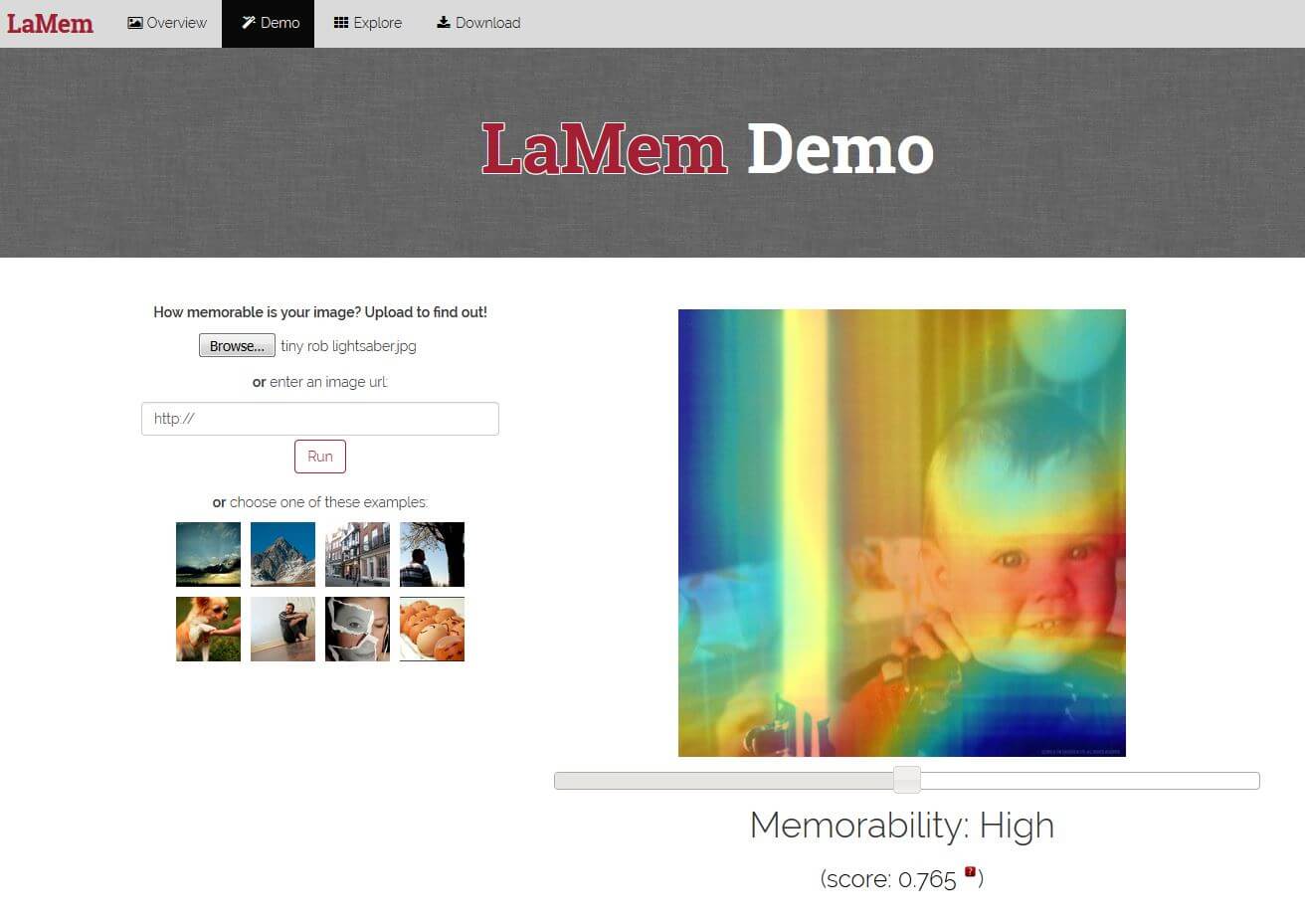
 Psychology-content
Psychology-content The psychology of content is an attempt to turn a brand into a story that people want to hear, see, and feel.
The psychology of content is persuading people to purchase something.
Or perhaps, like a lot of things, it’s somewhere in between.
If this was a piece about non-branded content, we could watch a video of a cat saving a boy from a dog — feel the fear, the anger, the joy — share it, and be done.
Branded content is a different proposition. It’s a conscious act of persuasion, a concerted attempt to steer the perception, cognition, attention and emotion of an audience. The intention to convince someone to click ‘buy’ inherently compromises the ability to inspire, because at that point we are treating individuals primarily like consumers rather than people.
I think people prefer to be regarded as people. I think we recoil a little bit when we hear how marketers are disappointed to learn that only 15 per cent of British consumers consider their favourite brands a member of the family, as was reported recently in Marketing Week.
A member of the family? I’ll consider such a notion if a brand can help clear the table and do the washing up after supper, because I have a hell of a time convincing my teenage daughter. Lesson: a little less psychology, a little more straight-forward reason, such as something that says: we have a product or service that might benefit you, here’s what it is, how much it costs, and how you can acquire it.
So let’s clearly frame the discussion: it’s the psychology of branded content we’re talking about, and by branded content we mean graphic or editorial material displayed on any medium that represents a company. And we’ll not presume to be able to turn a brand into a spouse, sibling, child or parent.
As someone who has been generating advertising and marketing content since the early 90s (since before it was even called content!), I believe there are three essential categories of psychological persuasion: Humour, Sentimentality and Self Identity. We’ll look at examples of each within three basic media types: static infographics, video, and dynamic interactive.
Humour
If they’re willing to take risks, brands have a legitimate shot at producing funny content. The rewards are people having a positive association with the brand, the content being widely shared, and sales going up as a result. The risks are negative brand association, bad PR, and decreased profits. REI, an American outdoor apparel and equipment company, struck a fine balance with an infographic that combined a worldwide zombie fascination with a soft pitch about REI’s role in helping stave off the zombie apocalypse, such as flashlights for temporarily disorienting the undead.
Sentimentality
Tenderness, sadness, inspiration, nostalgia — how can brands elicit these emotions without dulling the experience by attaching a commercial message? With a subtle hand, and not very often, as it turns out. John Lewis manages to tug a few heart strings every Christmas season. Apple has shown a certain skill at inspiring people to believe in ‘think different’. And I have to admit to experiencing a gut-level nostalgia upon watching a Volkswagon ad about driving through the night. But all in all, it’s pretty rare. Dove boldly shot for our hearts with a piece of video content popularly known as “You’re More Beautiful than You Think,” which encourages women to realise just that.
Never mind that a subsequent study featured in Scientific American retorted that we are, in fact, less beautiful than we think. The strapline was sweet, inspiring, and exactly, sentimentally, on-brand. I’ve got a wife and two daughters; I want them to know they are more beautiful than they think if the world ever conspires to tell them otherwise. And if faced with the choice, I may just invest in Dove because they put the words to the wish.
Self Identity
Selfies, personality quizzes, blogs, social updates – there’s no denying we are smack dab in the middle of a narcissistic digital age empowered by the number of channels through which we can broadcast information about ourselves. Brands that facilitate that sharing of self are riding the coattails of our instinct to reveal, with benefits ranging from brand awareness to commercial upticks. In 2013 I led the creative team that launched the interactive Ticketmaster Festival Quiz, which takes people through a brief personality quiz, tells them what type of summer festival goers they are, and then invites them to buy tickets to the events that best matches their cartoon-drawn identities, which they could share through social channels. This content helped sell more festival tickets and increase the population of Ticketmaster’s social community.
Conclusion
So there it is – one person’s version of the psychology of content. At Ambergreen our creative team strives for that elusive middle ground, that ‘somewhere in between’ – content that mixes persuasion with a straightforward proposition – because we believe in the timeless value of honest communication about how a brand can benefit people, not consumers.
Contact us if you want to discuss a content strategy for your brand.



